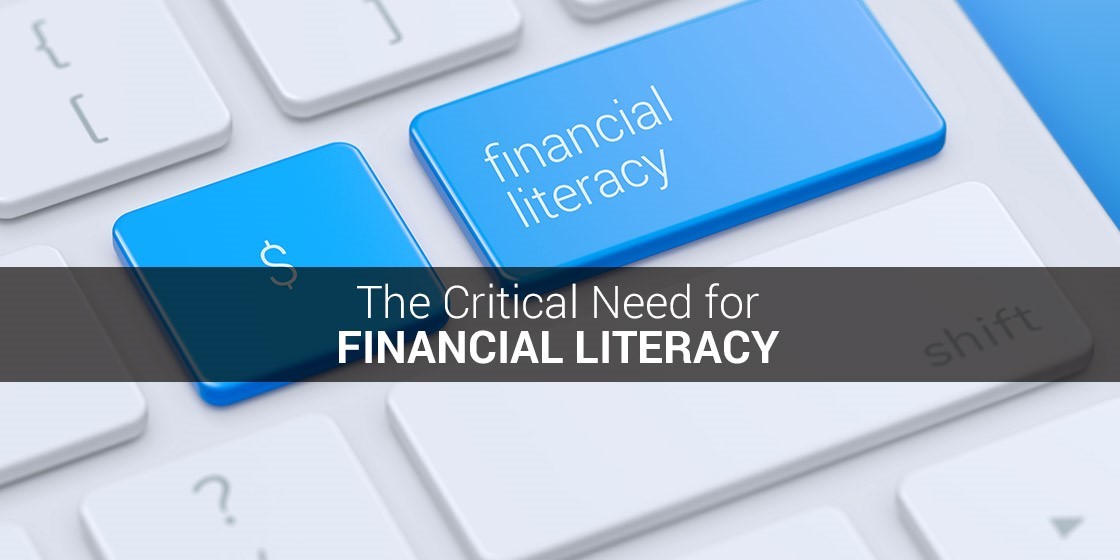Another Lesson Learned from 2020: The Critical Need for Financial Literacy

The year 2020 was a year of unusual challenges – challenges that revealed a great deal about ourselves and about the institutions we rely on. Our financial wellness was no exception. The health crisis led to economic upheaval, leaving many in dire straits. Especially hard hit, were those whose fiscal houses were not in order.
Credit unions have traditionally been proactive in providing this essential financial education to their members. These efforts not only help improve financial literacy in the fundamental sense, but can also help change behavior – driving positive, real-world outcomes for those who participate.
However, the financial landscape is growing more complex and challenging. With changing tax laws and a series of nationwide stimulus packages, the regulatory environment is dramatically different from just a few short years ago. All the while, financial wellness programs need to consider issues that have been trending for some time now, like data security, mobile accessibility, privacy, and online banking.
Educational efforts are being further complicated by societal and demographic changes. How we work, play, and interact have all been altered by the pandemic, and many of these changes are likely with us to stay. Meanwhile, younger Millennial and Gen Z audiences bring their own unique attitudes and expectations to the table, which can place significant new demands on those who design and run such programs to make them “current.”
To address these issues, financial literacy trainers are seeking to move beyond in-person, PowerPoint-driven lectures and into agile educational programs that successfully blend proven instructional principles with new content, new techniques, and new technologies.
If you’re looking to improve your financial literacy program, download our EBook here which will outline the top 5 areas to consider.

